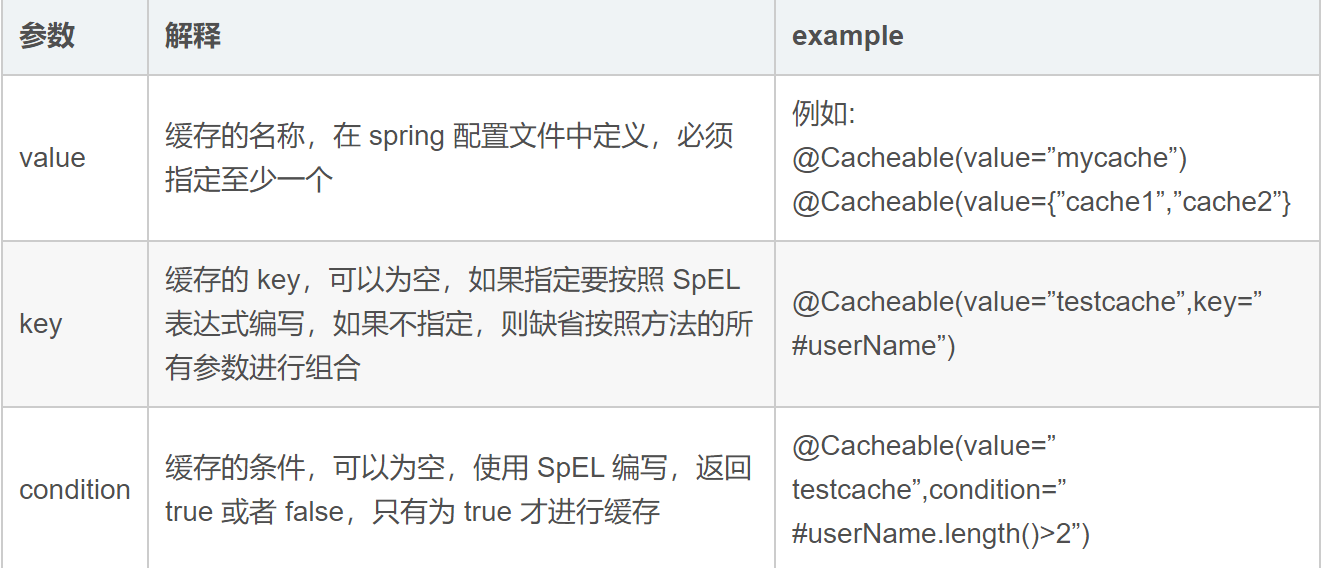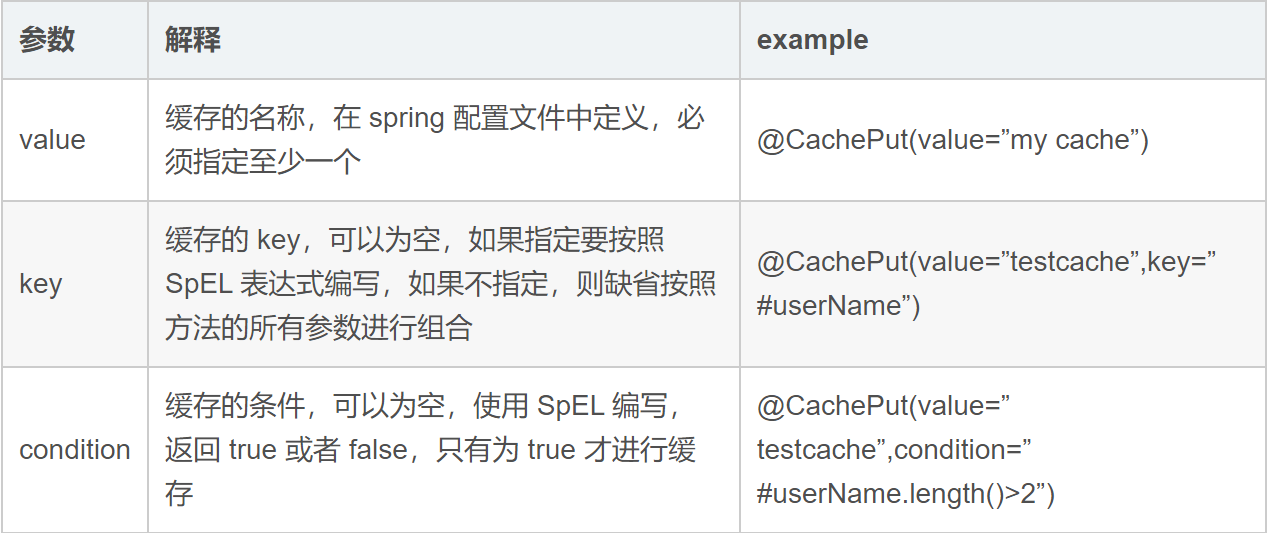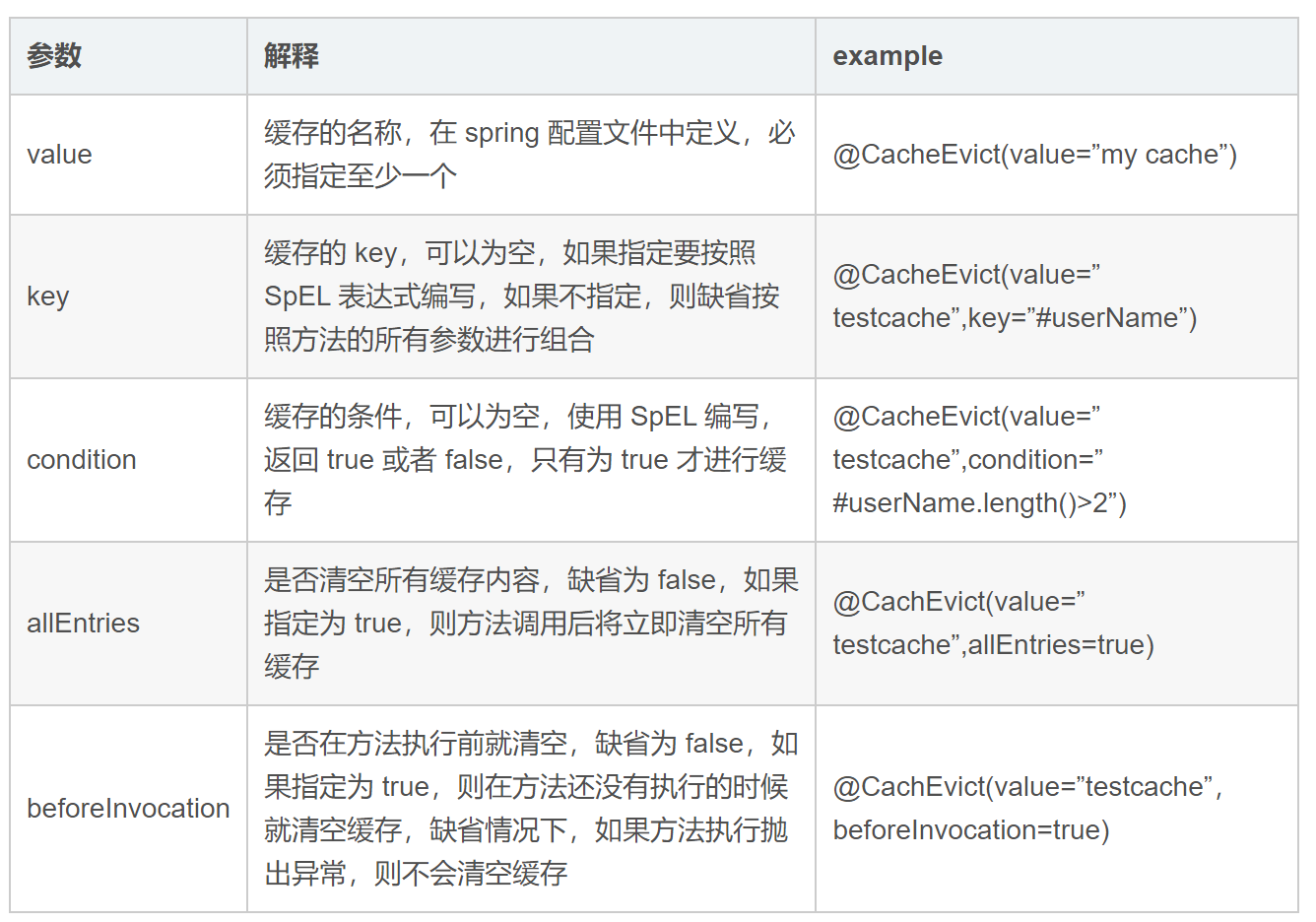更多文章
springBoot学习系列笔记文章
springBoot学习笔记(1)—— 搭建springBoot项目
文章目录
提示:以下是本篇文章正文内容,下面案例可供参考
一、redis是什么?
Redis 是一个使用 C 语言写成的,开源、基于内存、可选持久性的、非关系型,key-value数据库java,Redis 支持的数据类型:String(字符串),list(列表),hash(字典),set(集合),zset(有序集合)。
二、springBoot整合redis缓存的步骤
1. 引入jar包
<dependency>
<groupId>org.springframework.boot</groupId>
<artifactId>spring-boot-starter-data-redis</artifactId>
</dependency>
<dependency>
<groupId>org.springframework.boot</groupId>
<artifactId>spring-boot-starter-data-redis-reactive</artifactId>
</dependency>
2. 完整pom内容
<?xml version="1.0" encoding="UTF-8"?>
<project xmlns="http://maven.apache.org/POM/4.0.0" xmlns:xsi="http://www.w3.org/2001/XMLSchema-instance"
xsi:schemaLocation="http://maven.apache.org/POM/4.0.0 https://maven.apache.org/xsd/maven-4.0.0.xsd">
<modelVersion>4.0.0</modelVersion>
<parent>
<groupId>org.springframework.boot</groupId>
<artifactId>spring-boot-starter-parent</artifactId>
<version>2.6.3</version>
<relativePath/> <!-- lookup parent from repository -->
</parent>
<groupId>com.example</groupId>
<artifactId>demo</artifactId>
<version>0.0.1-SNAPSHOT</version>
<name>springboot-redis</name>
<description>Demo project for Spring Boot</description>
<properties>
<java.version>1.8</java.version>
</properties>
<dependencies>
<dependency>
<groupId>org.springframework.boot</groupId>
<artifactId>spring-boot-starter-data-jdbc</artifactId>
</dependency>
<dependency>
<groupId>org.springframework.boot</groupId>
<artifactId>spring-boot-starter-data-redis</artifactId>
</dependency>
<dependency>
<groupId>org.springframework.boot</groupId>
<artifactId>spring-boot-starter-data-redis-reactive</artifactId>
</dependency>
<dependency>
<groupId>org.springframework.boot</groupId>
<artifactId>spring-boot-starter-jdbc</artifactId>
</dependency>
<dependency>
<groupId>org.springframework.boot</groupId>
<artifactId>spring-boot-starter-web</artifactId>
</dependency>
<dependency>
<groupId>mysql</groupId>
<artifactId>mysql-connector-java</artifactId>
<scope>runtime</scope>
</dependency>
<dependency>
<groupId>org.projectlombok</groupId>
<artifactId>lombok</artifactId>
<optional>true</optional>
</dependency>
<dependency>
<groupId>org.springframework.boot</groupId>
<artifactId>spring-boot-starter-test</artifactId>
<scope>test</scope>
</dependency>
<dependency>
<groupId>io.projectreactor</groupId>
<artifactId>reactor-test</artifactId>
<scope>test</scope>
</dependency>
<dependency>
<groupId>org.mybatis.spring.boot</groupId>
<artifactId>mybatis-spring-boot-starter</artifactId>
<version>1.3.1</version>
</dependency>
</dependencies>
<build>
<plugins>
<plugin>
<groupId>org.springframework.boot</groupId>
<artifactId>spring-boot-maven-plugin</artifactId>
<configuration>
<excludes>
<exclude>
<groupId>org.projectlombok</groupId>
<artifactId>lombok</artifactId>
</exclude>
</excludes>
</configuration>
</plugin>
</plugins>
</build>
</project>
3. application配置内容
spring:
datasource:
# 数据源基本配置
username: root
password: 123456
driver-class-name: com.mysql.cj.jdbc.Driver
url: jdbc:mysql://数据库地址:3306/springBootAll?useUnicode=true&characterEncoding=utf8&serverTimezone=GMT%2B8&useSSL=false
cache:
type: redis
redis:
database: 8 #声明使用几号数据库
host: 127.0.0.1 # Redis server host.
password: jxkth123456 # Login password of the redis server.
port: 6379 # Redis server port.
ssl: false # Whether to enable SSL support.
timeout: 5000 # Connection timeout
expire: 3600 # 过期时间
mybatis:
mapper-locations: classpath:mapper/*.xml
server:
port: 8081
4.redis序列化配置
@Configuration
@EnableCaching
public class RedisConfig extends CachingConfigurerSupport {
//过期时间1天
private Duration timeToLive = Duration.ofDays(1);
@Bean
public RedisCacheManager redisCacheManager(RedisConnectionFactory connectionFactory) {
//默认1
RedisCacheConfiguration config = RedisCacheConfiguration.defaultCacheConfig()
.entryTtl(this.timeToLive)
.serializeKeysWith(RedisSerializationContext.SerializationPair.fromSerializer(keySerializer()))
.serializeValuesWith(RedisSerializationContext.SerializationPair.fromSerializer(valueSerializer()))
.disableCachingNullValues();
RedisCacheManager redisCacheManager = RedisCacheManager.builder(connectionFactory)
.cacheDefaults(config)
.transactionAware()
.build();
return redisCacheManager;
}
@Bean(name = "redisTemplate")
public RedisTemplate<String,Object> redisTemplate(RedisConnectionFactory redisConnectionFactory){
RedisTemplate<String,Object> redisTemplate = new RedisTemplate<>();
redisTemplate.setConnectionFactory(redisConnectionFactory);
redisTemplate.setKeySerializer(keySerializer());
redisTemplate.setHashKeySerializer(keySerializer());
redisTemplate.setValueSerializer(valueSerializer());
redisTemplate.setHashValueSerializer(valueSerializer());
return redisTemplate;
}
private RedisSerializer<String> keySerializer() {
return new StringRedisSerializer();
}
private RedisSerializer<Object> valueSerializer() {
return new GenericJackson2JsonRedisSerializer();
}
}
5. service服务
@Service
public class UserService {
@Resource
UserDao userDao;
/***
* description: 使用注解声明使用缓存,用缓存的键值为userService:用户id,
* 缓存内容为查询的用户对象
* @Cacheable 的作用 主要针对方法配置,能够根据方法的请求参数对其结果进行缓存
* @Cacheable 作用和配置方法
*/
@Cacheable(value = "userService",key = "#userId")
public User findUserById(Long userId){
return userDao.findUserById(userId);
}
/**
*@CachePut 的作用 主要针对方法配置,能够根据方法的请求参数对其结果进行缓存,和
* @Cacheable 不同的是,它每次都会触发真实方法的调用
* @CachePut 作用和配置方法
*/
@CacheEvict(value = "userService",key = "#user.id")
public void updateUser(User user){
userDao.updateUser(user);
}
/***
* description:删除对象,并删除缓存
* @CachEvict 的作用 主要针对方法配置,能够根据一定的条件对缓存进行清空
* @CacheEvict 作用和配置方法
*/
@CacheEvict(value = "userService",key = "#userId")
public int deleteUserById(Long userId){
return userDao.deleteUserById(userId);
}
}
controller,dao,和xml中的查询语句与常规查询语句和方法一致,此处不多赘述。
重点:使用@Cachecable主键声明使用缓存,因为已经配置好了使用redis作为缓存组件,所以可以在redis中查询到缓存对象。
6. 常用缓存注解说明
- @Cacheable
@Cacheable 的作用 主要针对方法配置,能够根据方法的请求参数对其结果进行缓存
@Cacheable 作用和配置方法

- @CachePut
@CachePut 的作用 主要针对方法配置,能够根据方法的请求参数对其结果进行缓存,和 @Cacheable 不同的是,它每次都会触发真实方法的调用
@CachePut 作用和配置方法

- @CacheEvict
@CachEvict 的作用 主要针对方法配置,能够根据一定的条件对缓存进行清空
@CacheEvict 作用和配置方法

7. 缓存截图






















 452
452











 被折叠的 条评论
为什么被折叠?
被折叠的 条评论
为什么被折叠?








